Coffee and biking go hand-in-hand. Coffee and bike touring? For some of us it’s a primary source of fuel. There are a kajillion[footnote]Technical term[/footnote] ways to make coffee while on bike tour, but if you really want to make the best bike tour coffee you, a little planning comes into play.
Not all are snobs
 Not everyone needs single origin, shade grown, city roast beans in order to enjoy their brew on bicycle tour. No, some coffee drinkers are happy with Brand X from a can, pre-ground and thrown into a drip maker. Most of us are somewhere in between. The most important starting point for knowing what to pack for your java needs is knowing your own standards. Some people are just going to have to go all out and create a cup that’s similar to one they’d make at home or ask from a barista. Others might find the fussiness more time than they want to spend before rolling. Know who you are and you’ll avoid the wrong end of the spectrum.
Not everyone needs single origin, shade grown, city roast beans in order to enjoy their brew on bicycle tour. No, some coffee drinkers are happy with Brand X from a can, pre-ground and thrown into a drip maker. Most of us are somewhere in between. The most important starting point for knowing what to pack for your java needs is knowing your own standards. Some people are just going to have to go all out and create a cup that’s similar to one they’d make at home or ask from a barista. Others might find the fussiness more time than they want to spend before rolling. Know who you are and you’ll avoid the wrong end of the spectrum.
Instant coffee: no longer (necessarily) the devil
Many people older than a first-generation Macintosh (I’m looking at you fellow Gen-Xers) think instant coffee and immediately the phrase “flavor crystals” comes to mind, immediately followed by some combination of words like “ugh” and “awful” and “worst ever.” Instant coffee had a bit of a renaissance thanks to Starbucks and the technology they now sell as VIA instant coffee. Is it as good as a properly brewed cup of coffee? No. Is it reasonably close? I’d say yes. The traditional coffee giants have tried to mimic Starbucks VIA’s now familiar skinny packet, but word to the wise… it’s the same old stuff in it. I’ll be honest… on longer tours I choose the VIAs. I know me. I won’t brew a fussy cup of coffee on day 8 of a long tour.
In the quasi-instant category are pre-ground coffees that you dunk in hot water like a tea bag. In my experience I find they have a flavor profile similar to instant, perhaps a notch better. I know some bike tourists live on these. You can also rock some DIY and make your own with your preferred brand of coffee.
Advantages? Speed. Easy preparation.
Disadvantages? Oh wow. Flavor? Easy to pile on here.
Who should choose this? People who want fuss-free coffee on bike tour. People who usually use a Keurig and can’t find a tree to plug their machine into. I kid. Not really.
To grind or not to grind
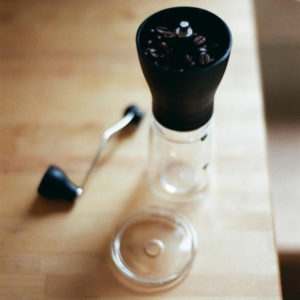 If you make coffee at home and consider yourself at least medium snobbish, you probably make your coffee from freshly ground whole beans. That grinder may have a blade, or it may have a burr but it probably plugs into a wall and that’s unlikely to fly on bike tour unless you’re riding between hotels and B&Bs. If you’re just saying no to instant, you have two choices in this non-electrified existence… buy ground coffee or get a hand-crank grinder.
If you make coffee at home and consider yourself at least medium snobbish, you probably make your coffee from freshly ground whole beans. That grinder may have a blade, or it may have a burr but it probably plugs into a wall and that’s unlikely to fly on bike tour unless you’re riding between hotels and B&Bs. If you’re just saying no to instant, you have two choices in this non-electrified existence… buy ground coffee or get a hand-crank grinder.
There’s nothing purely objectionable to pre-ground coffee to many drinkers out there. Objectively speaking, coffee beans are at their best when freshly ground, so pre-ground coffee is just not as good as coffee that’s been ground within a few minutes of brewing. That said, whole beans take up more space… and there’s that added issue of having to pulverize those beans into a usable format. That takes doing.
My hand grinder of choice is the Hario Slim Grinder. It’s light, small, and simple to use. It has the added benefit of being an adjustable burr grinder.[footnote]Burr grinders are superior to blade grinders because they produce a uniform grind size, which leads to better brewing.[/footnote] It takes several minutes of spinning the handle to produce enough coffee for whatever brewing process you choose, but if you’re a whole bean type… it’s worth it.
Preground advantages? Speedier coffee making; less bulk; easier to find everywhere.
Preground disadvantages? Coffee can go stale quicker; not as good as freshly ground.
Whole bean advantages? Objectively speaking, a better cup of coffee
Whole bean disadvantages? You have to grind it (duh); longer prep time; more bulk[footnote]There are a lot of people who don’t see the prep time as a disadvantage for whole bean coffee – grinding the beans by hand can be almost meditative. Most of these people would sooner drink battery acid than pre-ground coffee though. I have no link or scientific study to prove that, but c’mon… it’s wholly accurate.[/footnote]
Brewing methods
I’m going to highlight two ways to brew your coffee (fresh- or pre-ground). There are others, including french press, funky 1 cup espresso pots[footnote]I used this stovetop espresso maker in law school and I swear it made some of the best coffee… I’m sure it could be easily used on a campstove.[/footnote], and more.

Aeropress
The guy who invented the frisbee invented probably the best coffee maker in the history of coffee. No, for real. in addition to being cheap, portable and easy to clean, the Aeropress is practically built for bike touring. You can even store beans in the plunger and save some space. Think of an Aeropress as a french press with more pressure. The coffee is clean and generally on the strong side, depending on the amount of water you press through. I find it tends to cool quickly, so adding some additional boiling water right after pressing can up the temp to your liking as well as knocking down the burly strength of the brew. Or you can be like me and drink it fast and have another.
Pour over
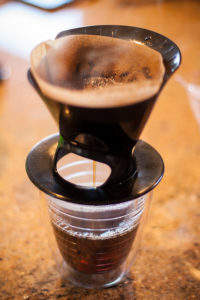 Simple and elegant, the pour over is another great way to make your java on bike tour. There are dozens of light-weight pour over cones, including folding models and silicone versions. You’ll want to be careful with how you pour the water over the cone – some people use special pots to regulate the flow in the kitchen, but on the road that might not be as practical. If you’re a pour-over person, your needs may vary and your gear will change with those needs.
Simple and elegant, the pour over is another great way to make your java on bike tour. There are dozens of light-weight pour over cones, including folding models and silicone versions. You’ll want to be careful with how you pour the water over the cone – some people use special pots to regulate the flow in the kitchen, but on the road that might not be as practical. If you’re a pour-over person, your needs may vary and your gear will change with those needs.
The best bike tour coffee? Personal preference rules.
Aeropress is my preparation style of choice, but all of this revolves around personal preference. I tend to like really darkly roasted coffees… to me there’s a caramel sweetness to a well-brewed french roast bean. To others, that tastes “burnt” and I’m a lunatic for not liking their lightly roasted artisanal pour over. Personal preference rules the day. Get to know yours and you’ll be happier!
One quick note: with any preparation method involving ground coffee you have to deal with the spent grounds. If you’re camping, toss it in a proper bin or pack it out… no tossing them in the bushes declaring “natures compost.” It’s not meant to be there and while it will decompose eventually, it’s good stewardship to leave no trace.
Happy brewing!




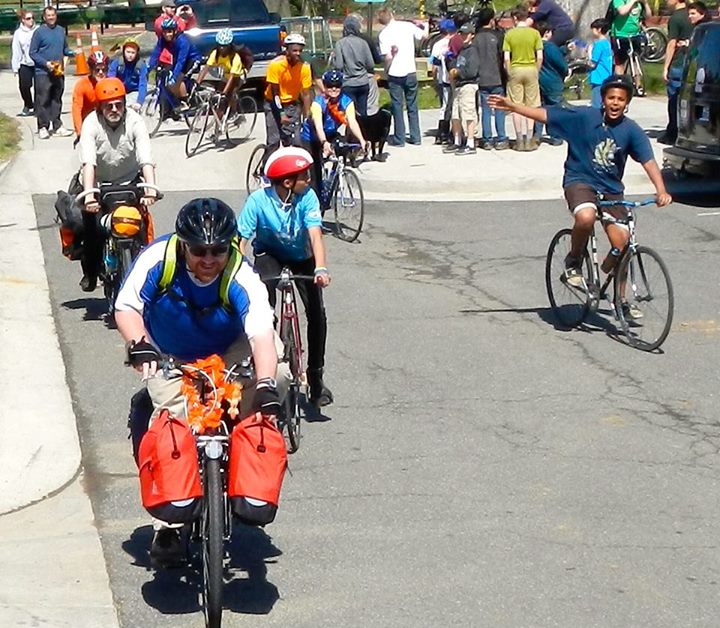
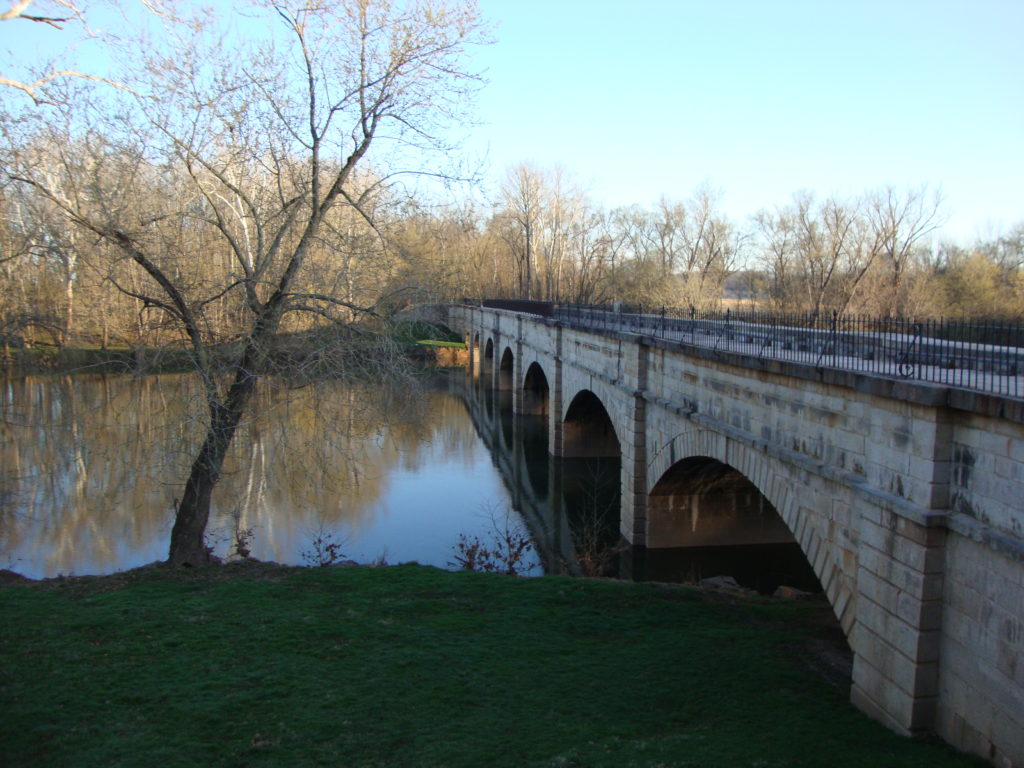
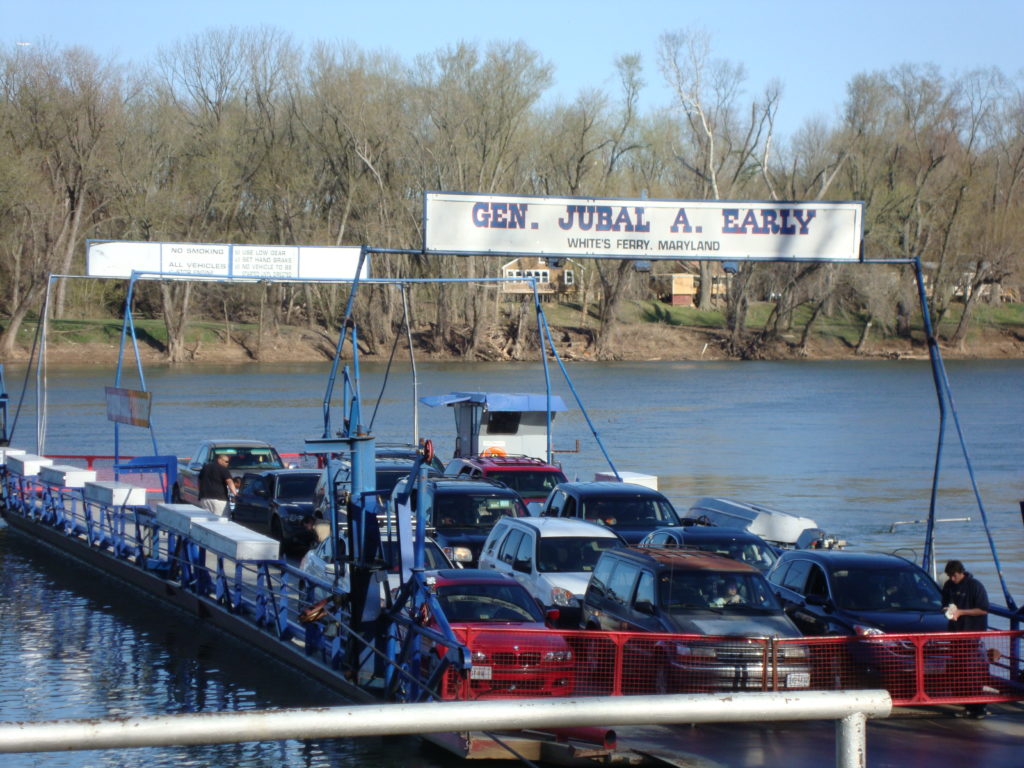
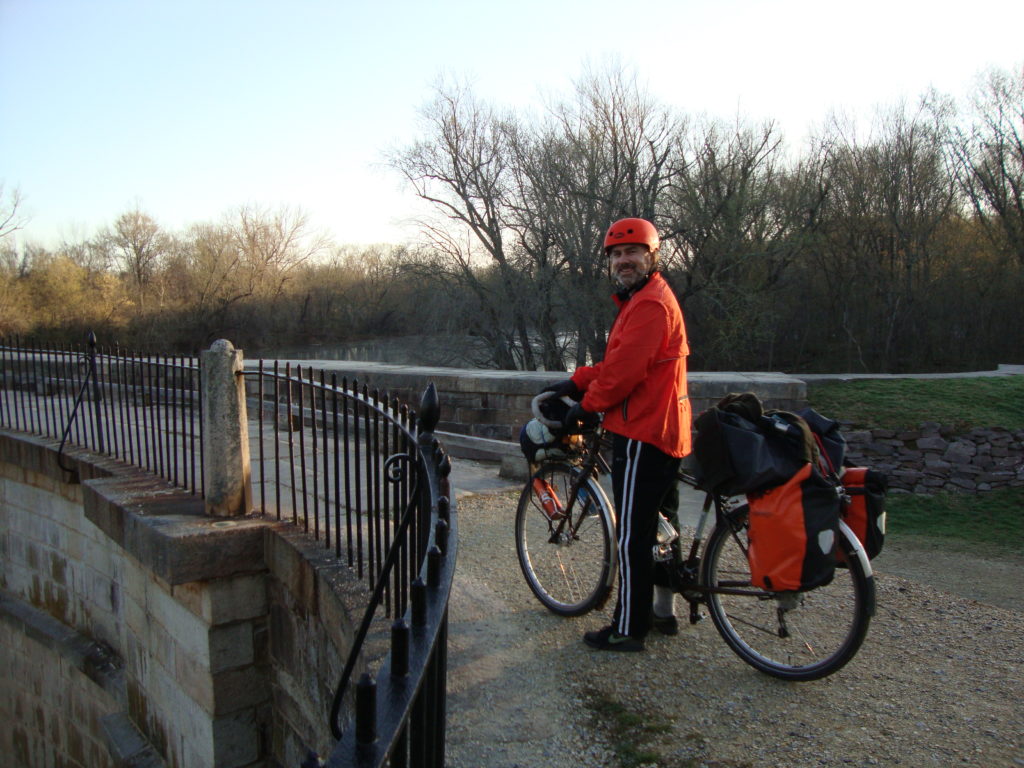
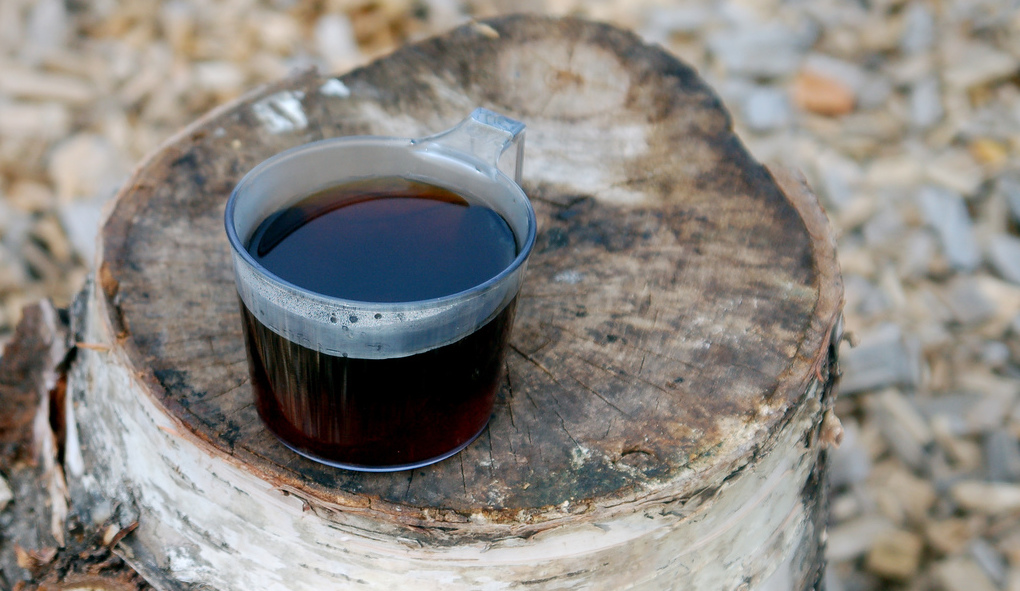



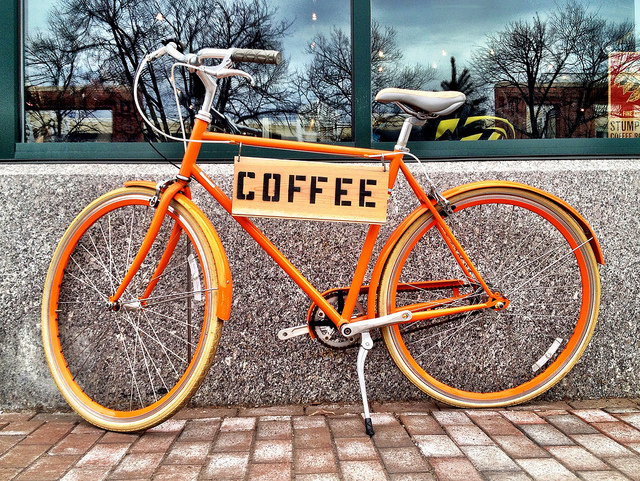
 Not everyone needs single origin, shade grown, city roast beans in order to enjoy their brew on bicycle tour. No, some coffee drinkers are happy with Brand X from a can, pre-ground and thrown into a drip maker. Most of us are somewhere in between. The most important starting point for knowing what to pack for your java needs is knowing your own standards. Some people are just going to have to go all out and create a cup that’s similar to one they’d make at home or ask from a barista. Others might find the fussiness more time than they want to spend before rolling. Know who you are and you’ll avoid the wrong end of the spectrum.
Not everyone needs single origin, shade grown, city roast beans in order to enjoy their brew on bicycle tour. No, some coffee drinkers are happy with Brand X from a can, pre-ground and thrown into a drip maker. Most of us are somewhere in between. The most important starting point for knowing what to pack for your java needs is knowing your own standards. Some people are just going to have to go all out and create a cup that’s similar to one they’d make at home or ask from a barista. Others might find the fussiness more time than they want to spend before rolling. Know who you are and you’ll avoid the wrong end of the spectrum. If you make coffee at home and consider yourself at least medium snobbish, you probably make your coffee from freshly ground whole beans. That grinder may have a blade, or it may have a burr but it probably plugs into a wall and that’s unlikely to fly on bike tour unless you’re riding between hotels and B&Bs. If you’re just saying no to instant, you have two choices in this non-electrified existence… buy ground coffee or get a hand-crank grinder.
If you make coffee at home and consider yourself at least medium snobbish, you probably make your coffee from freshly ground whole beans. That grinder may have a blade, or it may have a burr but it probably plugs into a wall and that’s unlikely to fly on bike tour unless you’re riding between hotels and B&Bs. If you’re just saying no to instant, you have two choices in this non-electrified existence… buy ground coffee or get a hand-crank grinder.
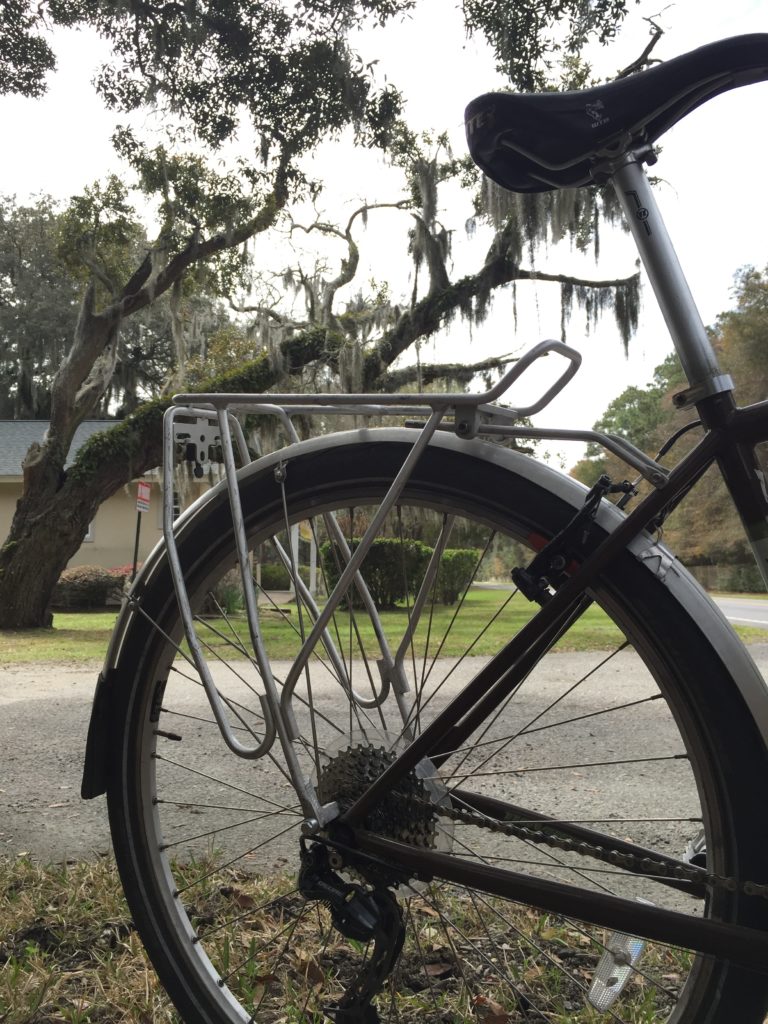
 Hey it’s the direct download link for episode 016
Hey it’s the direct download link for episode 016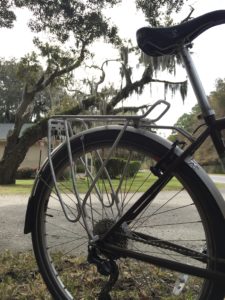 60 miles of separated bike paths all around and across the island
60 miles of separated bike paths all around and across the island Cyclemeter GPS
Cyclemeter GPS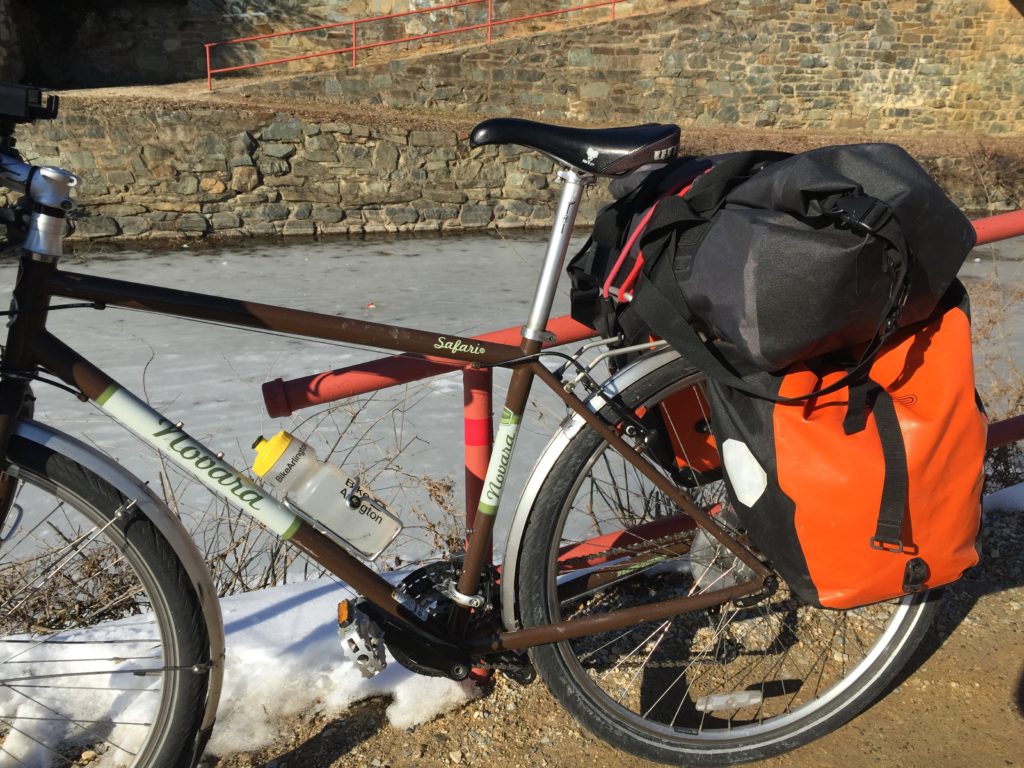
 ey it’s the direct download link for episode 015
ey it’s the direct download link for episode 015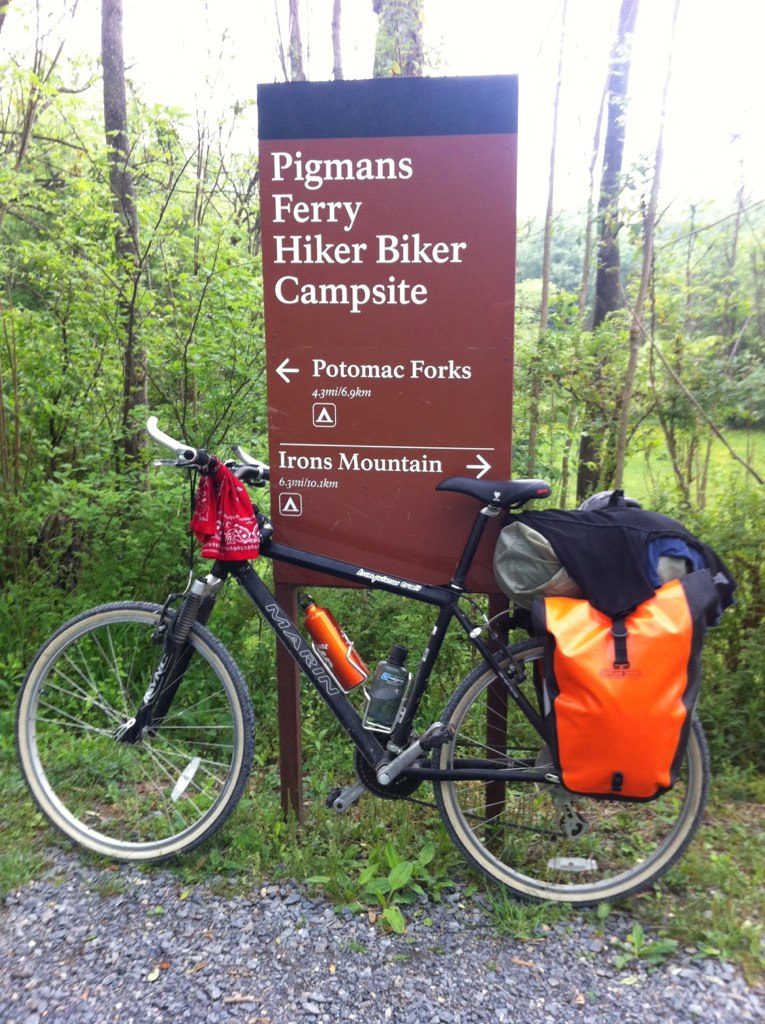
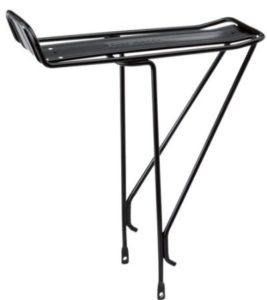 My old Marin mountain bike had the brazons that let me attach a simple, inexpensive rear rack. You don’t need anything fancy, but make sure the rack is attached well and has a reasonable weight rating. If you’re considering one of those clip-on rear racks (the kind that attach to your seat post alone) I’d recommend against that. They don’t hold enough weight unless you’re going ultralight. A decent $20 rack should do the trick, and hey… you might even have one in the garage lying about anyways!
My old Marin mountain bike had the brazons that let me attach a simple, inexpensive rear rack. You don’t need anything fancy, but make sure the rack is attached well and has a reasonable weight rating. If you’re considering one of those clip-on rear racks (the kind that attach to your seat post alone) I’d recommend against that. They don’t hold enough weight unless you’re going ultralight. A decent $20 rack should do the trick, and hey… you might even have one in the garage lying about anyways!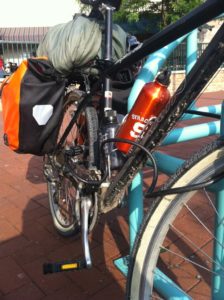 You don’t necessarily need fancy Ortlieb panniers (although they are nice). If you have a waterproof duffel, throw that on the rack and bungee it down. If you don’t have a waterproof bag, use whatever pack you have and throw it in a heavy duty garbage bag before you cinch it on the rack. Sure it won’t win any appearance awards, but we’re just going for function. Form can come later.
You don’t necessarily need fancy Ortlieb panniers (although they are nice). If you have a waterproof duffel, throw that on the rack and bungee it down. If you don’t have a waterproof bag, use whatever pack you have and throw it in a heavy duty garbage bag before you cinch it on the rack. Sure it won’t win any appearance awards, but we’re just going for function. Form can come later.
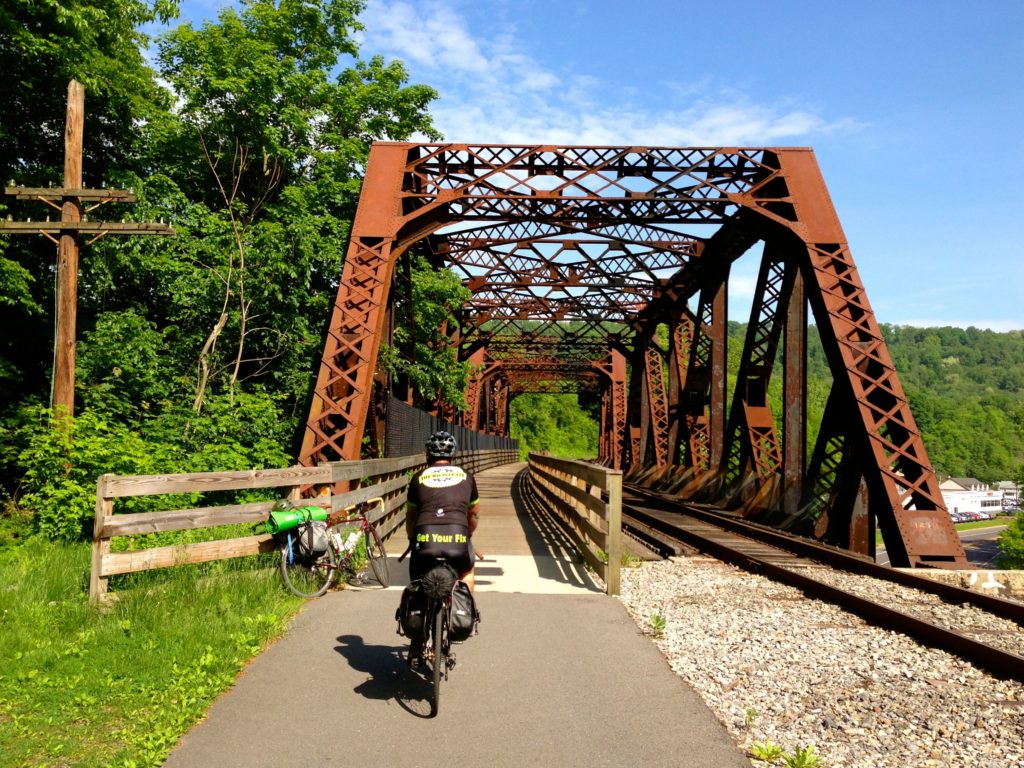

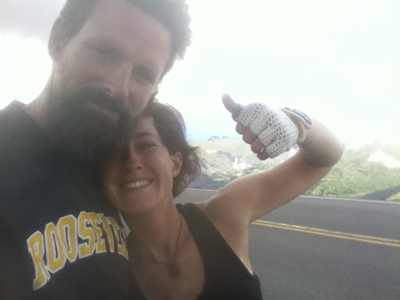
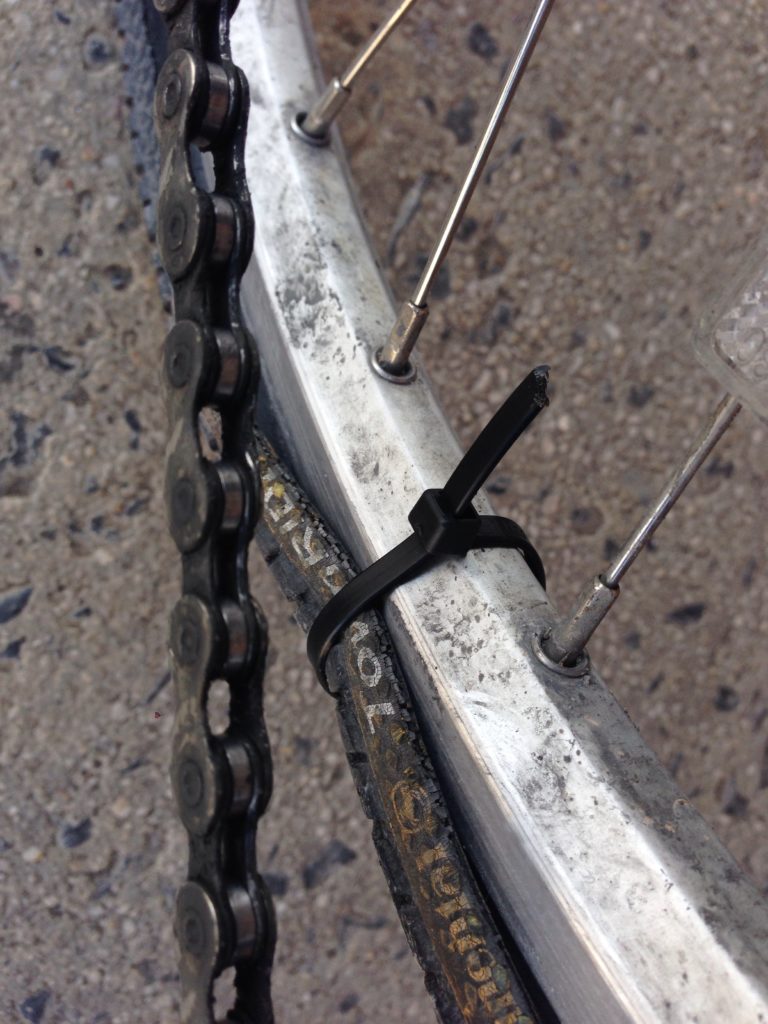
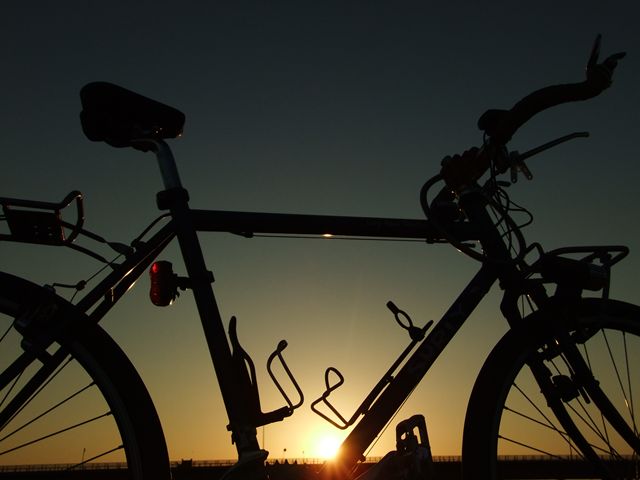
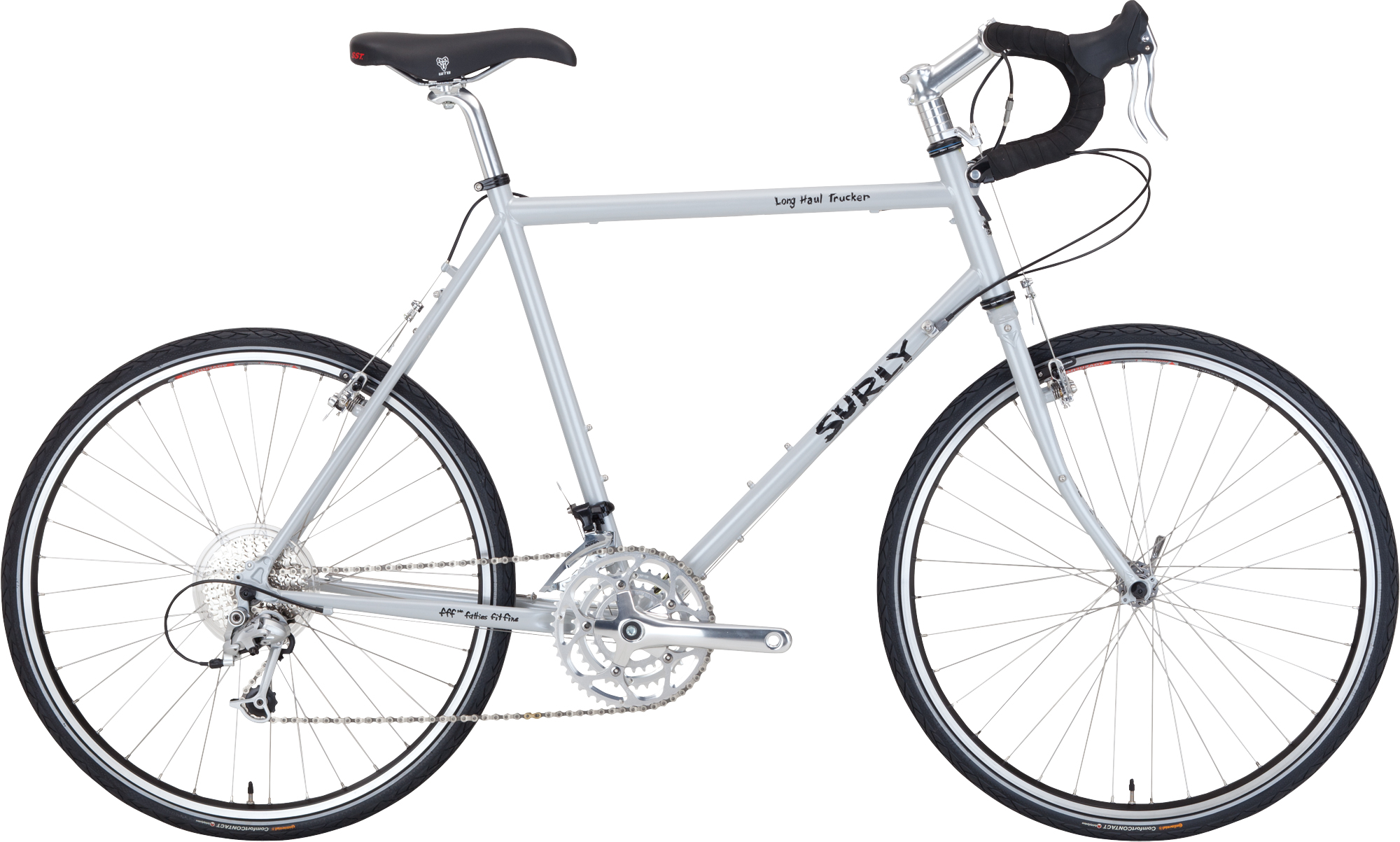
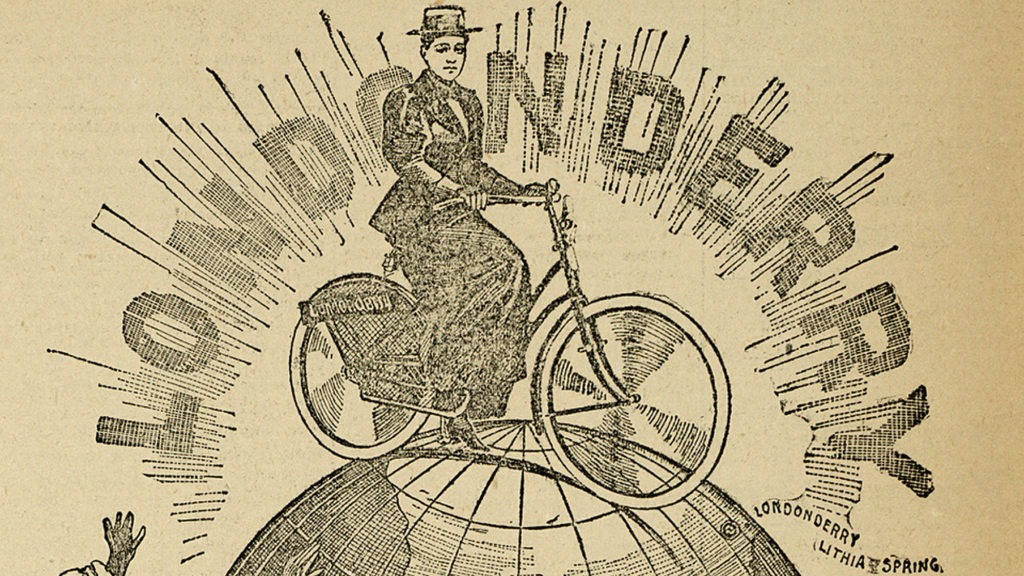
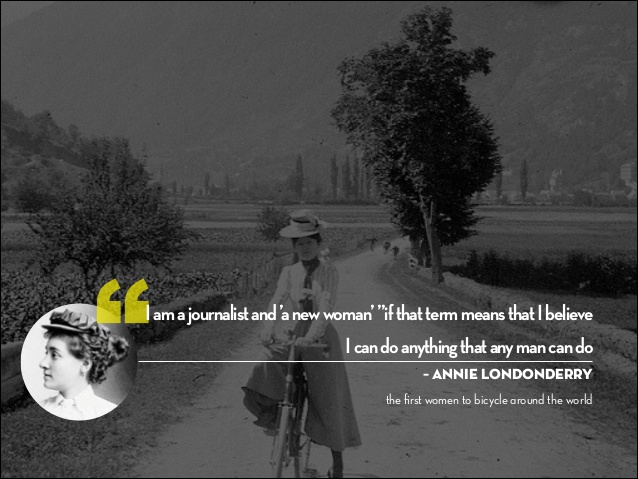


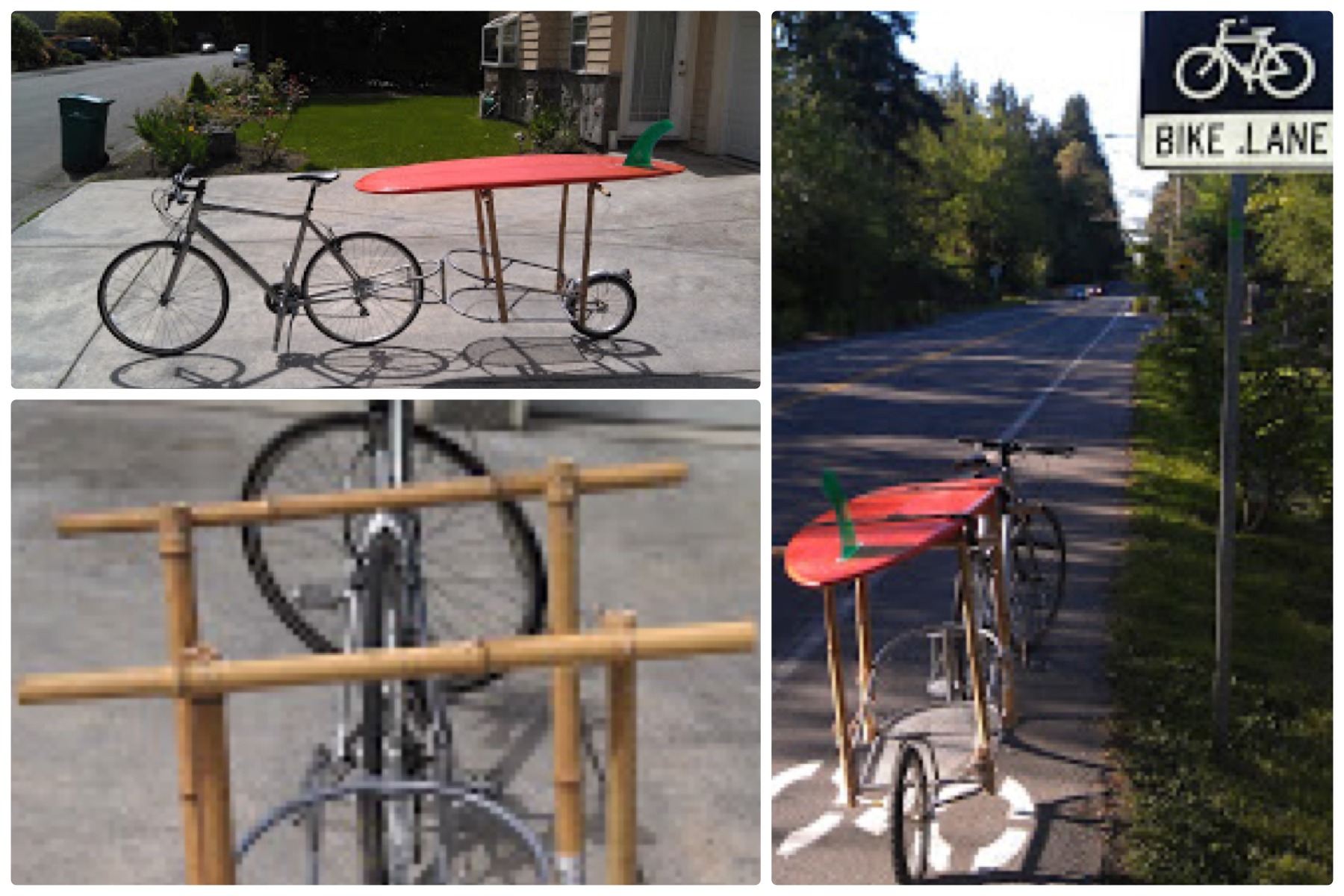
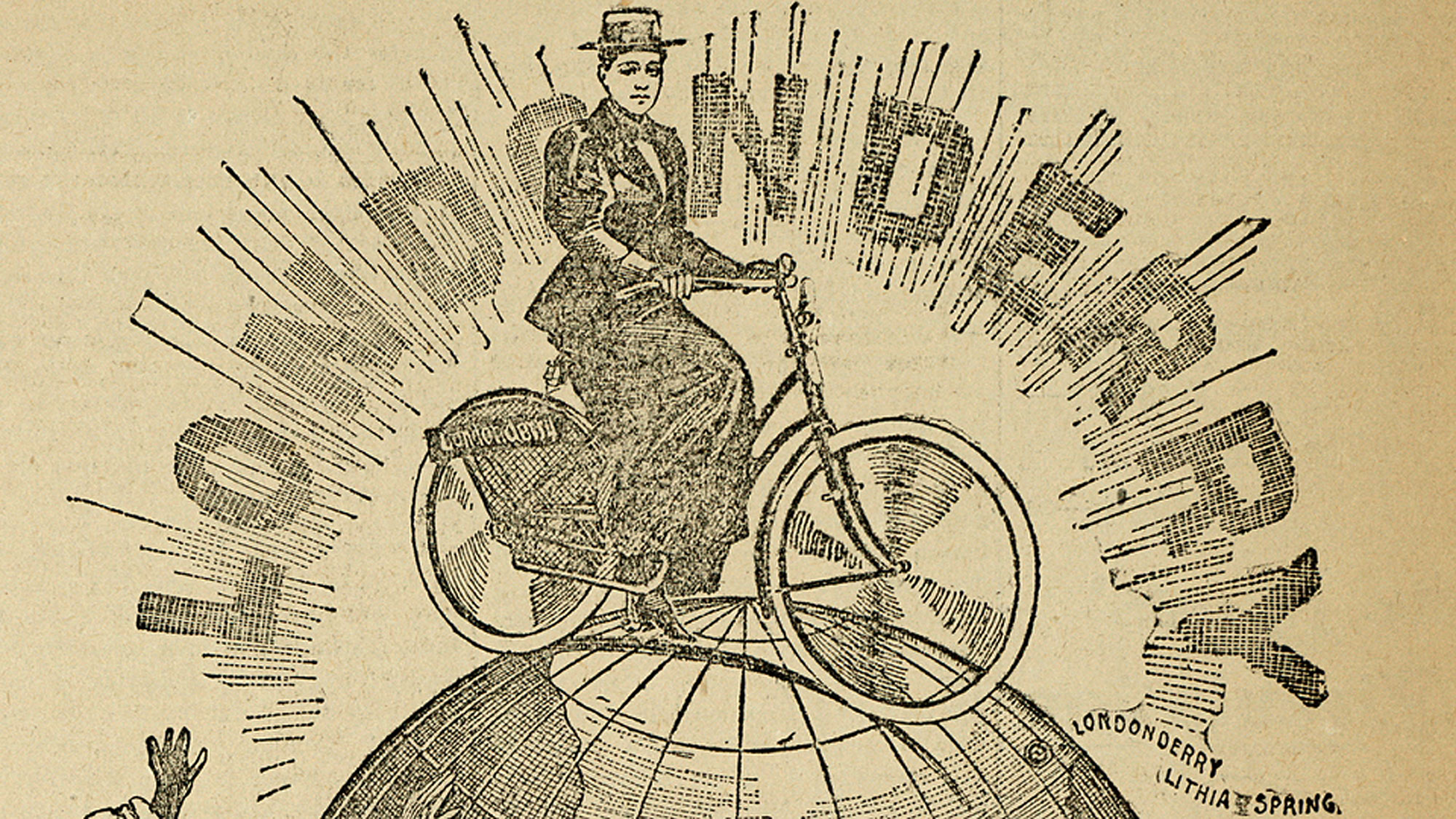 Special treat for episode 013… featuring the first woman to bike across the US and the first to do an assisted round the world tour. IN 1894. The amazing Annie Londonderry, brought to us with a special interview of Gillian Klempner Willman
Special treat for episode 013… featuring the first woman to bike across the US and the first to do an assisted round the world tour. IN 1894. The amazing Annie Londonderry, brought to us with a special interview of Gillian Klempner Willman
